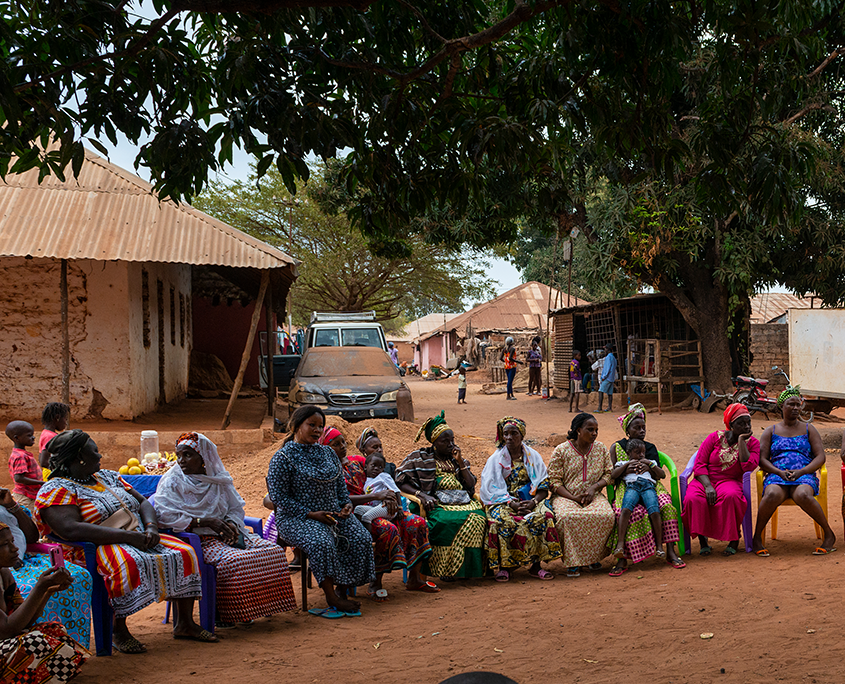Group of women at a community meeting at the Missira neighborhood in the city of Bissau, Guinea Bissau
Photo Credit: Tiago Fernandez/iStock/Getty Images
Community publishing
In professional parlance, a community refers to a group of people who live together or share a common interest or goal. It may include various organisations, such as non-governmental organisations, government agencies, or companies. While these organisations often publish as independent entities, they realise that collaborating and publishing as a community can amplify their efforts and expand their reach.
Although publishing as a standalone entity has its challenges, collaborative publishing can be even more cumbersome. However, entities can overcome these obstacles by developing guidelines and internal mechanisms that ensure successful collaborative publishing.
The first step to publishing successfully as a community is to obtain buy-in from all the different community entities. It involves creating a shared agenda and ensuring that all the entities take ownership of the publishing venture, such as a newsletter or journal, and contribute content and resources.
After establishing a common agenda and ownership, the next step is to dedicate a team to the venture. Typically, the different entities will nominate an editor to lead the team in curating content and liaising with professional publishers or designers to create an exceptional publication. The editor sets the tone for each issue through an editor’s note, directing readers on what to expect.
The team is the core of the publication, and in community publishing, it is composed of individuals from different organisations in the community. These individuals are responsible for curating content from their respective organisations and collating them into a cohesive publication.
The team members are active contributors to their organisations as they hold key roles as program officers, making them experts in their respective fields. This unique positioning makes them passionate advocates for the publication.
The team, led by the editor, is responsible for streamlining the publication process to ensure each edition is published seamlessly. One effective strategy is developing an editorial calendar that keeps everyone updated on publication themes and schedules, making content curation more manageable.
Furthermore, online publishing has enabled community publications to reach a vast, global audience of like-minded individuals and organisations. Working with publishers who provide translation services and are familiar with the publication’s content and style is crucial to reach this audience effectively.
In summary, the team’s expertise and passion, strategic planning, and effective online publishing enable community publications to reach a wider audience and impact more individuals and organisations globally.



